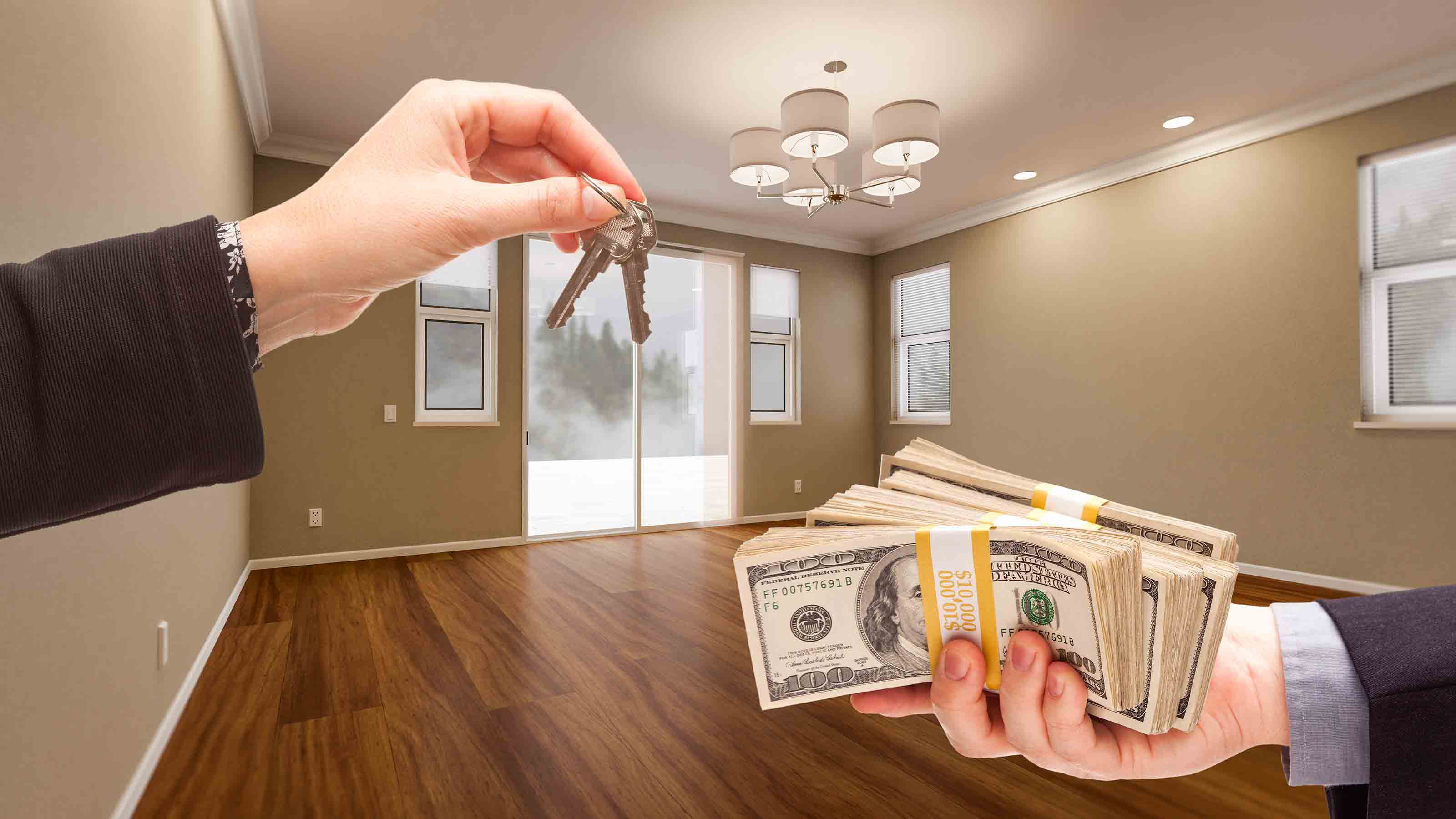Slash Your Utility Bills: Plug Leaks and Replace Appliances
Adding insulation and sealing up the house are the first steps to energy efficiency.
| Row 0 - Cell 0 | Make Every Drop Count |
| Row 1 - Cell 0 | Power Up on Your Own |
| Row 2 - Cell 0 | Take Your Home’s Energy Pulse |
The auditor will provide a road map for improvements. Chandler von Schrader, a program analyst with Energy Star, a joint program of the U.S. Environmental Protection Agency and the Department of Energy, says that auditors’ top three recommendations usually include sealing a home’s exterior, sealing the ductwork and adding insulation. The work may run $3,000 to $4,000, but up to $1,500 of that can be paid by a federal tax credit if done before the end of 2010 (see www.energystar.gov for details).
Also high on the list: installing compact fluorescent light bulbs and low-flow shower heads, replacing appliances with Energy Star-approved models, and tuning up and repairing heating-and-cooling equipment. If your heating, ventilating and air-conditioning (HVAC) system is in bad shape, you’ll need to replace it, which increases the total cost to, say, $5,000 to $15,000. But the tax credit applies to that, too.
Savings will vary widely. For example, a typical American family living in a single-family home spends $2,200 annually for energy, nearly half of which goes to heating and cooling. After spending $3,000 on improvements, the annual savings would be $250 to $600.

Sign up for Kiplinger’s Free E-Newsletters
Profit and prosper with the best of expert advice on investing, taxes, retirement, personal finance and more - straight to your e-mail.
Profit and prosper with the best of expert advice - straight to your e-mail.
You can make gradual improvements, of course, but you should make them in the correct order, says home-performance contractor Isaac Savage, of Home Energy Partners, in Asheville, N.C. For example, tighten up a leaky house before replacing your heating-and-cooling equipment; otherwise, you may end up conditioning the air of the great outdoors -- albeit more efficiently. Plus, once the house is tightened up, you may get by with a smaller, cheaper unit.
New windows will earn you a tax credit and may increase your home’s resale value. But if energy efficiency is your goal, you’ll get a much better return on your investment by adding insulation, which is much less expensive, says von Schrader.
For a broader look at energy-efficient remodeling, see ReGreen: Residential Remodeling Guidelines, by the American Society of Interior Designers Foundation and the U.S. Green Building Council (www.regreenprogram.org).
A Brilliant Idea: Buy Better Bulbs
By 2014, all light bulbs sold in the U.S. must use almost one-third less energy than they do today. Incandescent bulbs, which cast off 90% to 95% of the energy they use as heat and last only 1,000 to 2,500 hours, won’t disappear, but they will evolve to meet the new standard. Among the current alternatives: The halogen bulb. At least 30% more efficient than an incandescent, with an expected life span of 3,000 to 6,000 hours. Try the Philips Halogena Energy Saver ($12 for two; www.amazon.com).
Compact fluorescents. 75% more efficient; up to 8,000 to 15,000 hours of use. GEÕs Energy Smart CFL offers a traditional shape ($10 for the equivalent of a 60-watt incandescent; www.elightbulbs.com).
Light-emitting diode bulbs. 75% more efficient; 25,000 to 50,000 or more hours. A ZetaLux bulb, equivalent to a 50- to 60-watt incandescent, is $40. Pricey, but great for hard-to-reach places.
Get Kiplinger Today newsletter — free
Profit and prosper with the best of Kiplinger's advice on investing, taxes, retirement, personal finance and much more. Delivered daily. Enter your email in the box and click Sign Me Up.

-
 Who Pays the Most Taxes in the U.S.? Tax Burden by Age
Who Pays the Most Taxes in the U.S.? Tax Burden by AgeTax Burden Polls show that most people feel like taxes are unfair. But which age group bears the brunt of the tax burden in the United States?
By Kelley R. Taylor
-
 Tax Day 2025: Don’t Miss These Freebies, Food Deals and Discounts
Tax Day 2025: Don’t Miss These Freebies, Food Deals and DiscountsTax Day You can score some sweet deals on April 15 in some select restaurants like Burger King, Shake Shack, and more.
By Gabriella Cruz-Martínez
-
 How to Find Foreclosed Homes: Best Foreclosure Listings Sites
How to Find Foreclosed Homes: Best Foreclosure Listings SitesMaking Your Money Last Find foreclosed homes for sale on these foreclosure listing websites. Search for properties on these free, paid or government sites.
By Bob Niedt
-
 Luxury Home Prices Rise as the Rich Dodge High Mortgage Rates
Luxury Home Prices Rise as the Rich Dodge High Mortgage RatesLuxury home prices rose 9% to the highest third-quarter level on record, Redfin reports, growing nearly three times faster than non-luxury prices.
By Kathryn Pomroy
-
 Four Tips for Renting Out Your Home on Airbnb
Four Tips for Renting Out Your Home on Airbnbreal estate Here's what you should know before listing your home on Airbnb.
By Miriam Cross
-
 Five Ways to Shop for a Low Mortgage Rate
Five Ways to Shop for a Low Mortgage RateBecoming a Homeowner Mortgage rates are high this year, but you can still find an affordable loan with these tips.
By Daniel Bortz
-
 Looking to Relocate? Plan for Climate Change
Looking to Relocate? Plan for Climate Changebuying a home Extreme weather events are on the rise. If you’re moving, make sure your new home is protected from climate change disasters.
By Rivan V. Stinson
-
 Retirees, A Healthy Condo Has a Flush Reserve Fund
Retirees, A Healthy Condo Has a Flush Reserve FundSmart Buying Reserve funds for a third of homeowner and condo associations have insufficient cash, experts say. Here are some cautionary steps you should take.
By Patricia Mertz Esswein
-
 Cash Home Buyers: New Services Offer Help Making All-Cash Offers
Cash Home Buyers: New Services Offer Help Making All-Cash OffersBecoming a Homeowner Some firms help home buyers make all-cash offers on homes. Weigh the fees before you sign on.
By Emma Patch
-
 Home Sale Prices in the 50 Largest Metro Areas
Home Sale Prices in the 50 Largest Metro AreasBecoming a Homeowner What’s happening in the market where you live?
By the editors of Kiplinger's Personal Finance
